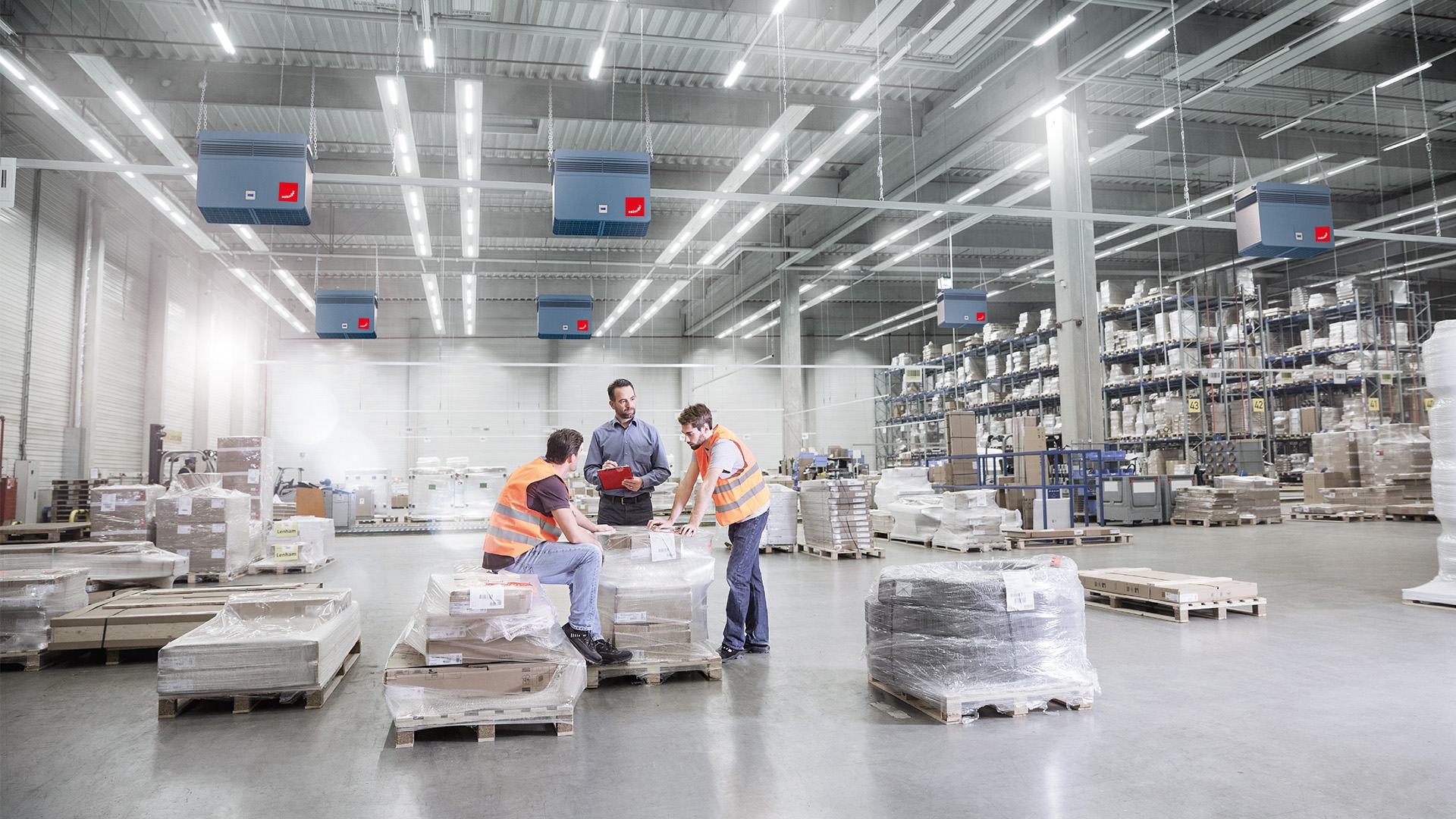The quality of the air in your workplaces isn’t something you can take for granted. Poor quality air affects the health of your employees, so here’s what you need to look out for and what you need to do.

We spend around a third of our lives at work, on average more time than we spend with our friends and families. So, our working time is something we need to take seriously, right down to the air that we breathe there.
However, the air quality in production halls and warehouses contains a number of dangers, some of which we can’t even see. The global pandemic showed exactly how dangerous the air we breathe can be, and we can’t afford it to restrict or endanger our lives with our loved ones.
As employers we bear that responsibility for our employees.
We all know that cities can have dangerous levels of air pollution because of the emissions of standing traffic. But did you know that some industrial workplaces can have even worse air quality than that?
According to the US Environmental Protection Agency (EPA), air pollution in the workplace is often two to five times higher than outdoors, in extreme cases even up to 100 times worse. This is because of the dust that gets generated and spread throughout the workplaces, ending up in the air that’s then breathed in by employees.
Spending eight hours a day in this kind of environment is clearly not going be good for anyone’s health.
Here are some of the most common – and dangerous – pollutants you might find in the air in your workplace:

You might assume that the regulations for air quality in workplaces would be even more strict than those outside, but actually the opposite is true.
This leaves employees even more at risk of having to spend their days in unsafe environments and the World Health Organisation (WHO) has campaigned for better laws to control workplace air pollution.
But just because the laws might not be strict enough, you can still take action to protect the health of your employees. So why not get in touch today to take that first step towards cleaner air?
To complete your subscription to our newsletter, simply click on the link in your inbox. If you don't receive anything, check your spam folder to be sure.